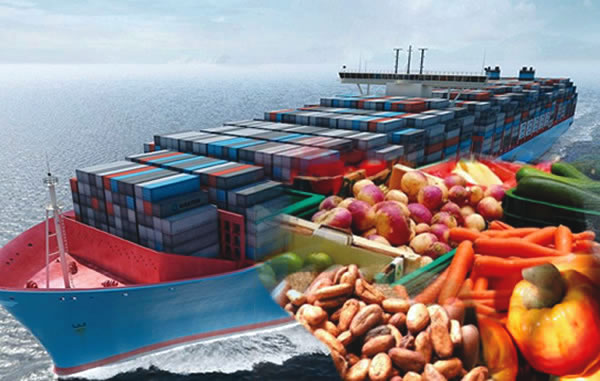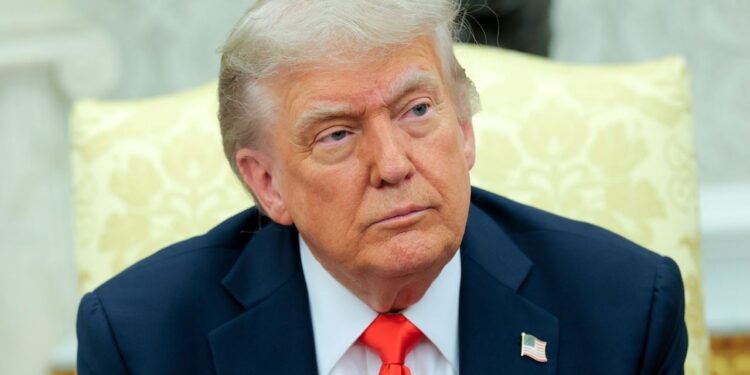World trade shows signs of bouncing back from a deep, COVID-19 induced slump. This is according to a press release by the World Trade Organization (WTO) titled ‘Trade Statistics and Outlook’ on Tuesday, October 6, 2020.
“The WTO now forecasts a 9.2% decline in the volume of world merchandise trade for 2020, followed by a 7.2% rise in 2021”.
However, WTO economists caution that any recovery could be disrupted by the ongoing pandemic effects.
“These estimates are subject to an unusually high degree of uncertainty since they depend on the evolution of the pandemic and government responses to it. Current data suggests a projected decline for the current year that is less severe than the 12.9% drop foreseen under the more optimistic of two scenarios outlined in the WTO’s April trade forecast”.

According to the WTO, the strong trade performance in June and July have brought some signs of optimism for overall trade growth in 2020.
“Trade growth in COVID-19 related products was particularly strong in these months, showing trade’s ability to help governments obtain needed supplies. Conversely, the forecast for next year is more pessimistic than the previous estimate of 21.3% growth, leaving merchandise trade well below its pre-pandemic trend in 2021”.
The WTO indicated that the performance of trade for the year to date exceeded expectations due to a surge in June and July as lockdowns were eased and economic activity accelerated. The pace of expansion, according to the WTO, could slow sharply once pent up demand is exhausted and business inventories have been replenished. However, more negative outcomes are possible if there is a resurgence of COVID-19 in the fourth quarter.
The WTO comparing the current pandemic with the global financial crises, said;
“Although the trade decline during the COVID-19 pandemic is similar in magnitude to the global financial crisis of 2008-09, the economic context is very different. The contraction in GDP has been much stronger in the current recession while the fall in trade has been more moderate.

“As a result, the volume of world merchandise trade is only expected to decline around twice as much as world GDP at market exchange rates, rather than six times as much during the 2009 collapse”.
The WTO further stated that this “divergent performance of trade during the COVID-19 outbreak has much to do with the nature of the pandemic and the policies used to combat it. Lockdowns and travel restrictions imposed significant supply-side constraints on national economies, drastically reducing output and employment in sectors that are usually resistant to business cycle fluctuations, particularly nontraded services.
“At the same time, robust monetary and fiscal policies have propped up incomes, allowing consumption and imports to rebound once lockdowns were eased”.
The WTO is of the view that whether the recovery can be sustained over the medium term will depend on the strength of investment and employment. According to the WTO, both could be undermined if confidence is dented by new outbreaks of COVID-19, which might force governments to impose additional lockdowns.
In addition, ballooning public debt was cited as one major concern that could weigh on trade and GDP growth over the longer term. The burden of the debt is expected to fall more on the poorer countries. Deficit spending could also influence trade balances, reducing national saving and swelling trade deficits in some countries.
“Global merchandise trade recorded its sharpest ever one-period decline in the second quarter, falling 14.3% compared to the previous period, but the impact differed strongly across regions. The steepest declines were in Europe and North America, where exports fell 24.5% and 21.8%, respectively.
“By comparison, Asian exports were relatively unaffected, dropping just 6.1%. During the same period imports were down 14.5% in North America and 19.3% in Europe but just 7.1% in Asia”.



















